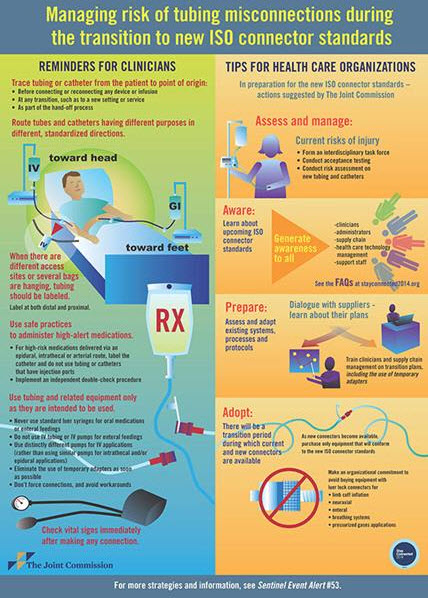New York State Senator Adriano Espaillat says ER conditions at NY-Presbyterian/Columbia are like a “third-world country level of healthcare
 After visiting a friend at the Emergency Room of the New York Presbyterian/Columbia Medical Center Hospital in Washington Heights in Manhattan, Senator Adriano Espaillat University said he was outraged by the horrendous conditions patients and staff had to deal with. People are lying on stretchers in the hallways, there is no privacy, the staff is overwhelmed, patients are waiting 85 minutes to see a doctor on average and 717 minutes to get a room.
After visiting a friend at the Emergency Room of the New York Presbyterian/Columbia Medical Center Hospital in Washington Heights in Manhattan, Senator Adriano Espaillat University said he was outraged by the horrendous conditions patients and staff had to deal with. People are lying on stretchers in the hallways, there is no privacy, the staff is overwhelmed, patients are waiting 85 minutes to see a doctor on average and 717 minutes to get a room.
Senator Espaillat is planning to meet with hospital management this week to discuss the problems.
Read more in the New York Daily News
 New York Personal Injury Attorneys Blog
New York Personal Injury Attorneys Blog




 When a water emergency happens, hospitals have to be ready. They need to plan ahead how to deal with the loss of water for consumption, equipment sterilization, laundry and dialysis. Hospitals in West Virginia faced that emergency recently. The Joint Commission staff met with representatives of 7 of the affected hospitals to discuss how they handle this situation and subsequently released a paper about the lessons that can be learned from the week long water emergency that resulted from the chemical spill of the Elk River.
When a water emergency happens, hospitals have to be ready. They need to plan ahead how to deal with the loss of water for consumption, equipment sterilization, laundry and dialysis. Hospitals in West Virginia faced that emergency recently. The Joint Commission staff met with representatives of 7 of the affected hospitals to discuss how they handle this situation and subsequently released a paper about the lessons that can be learned from the week long water emergency that resulted from the chemical spill of the Elk River.
